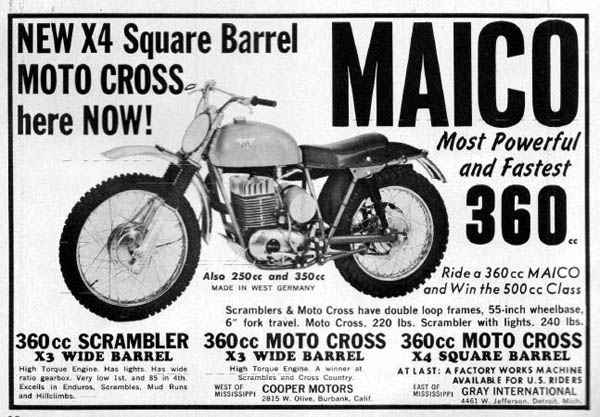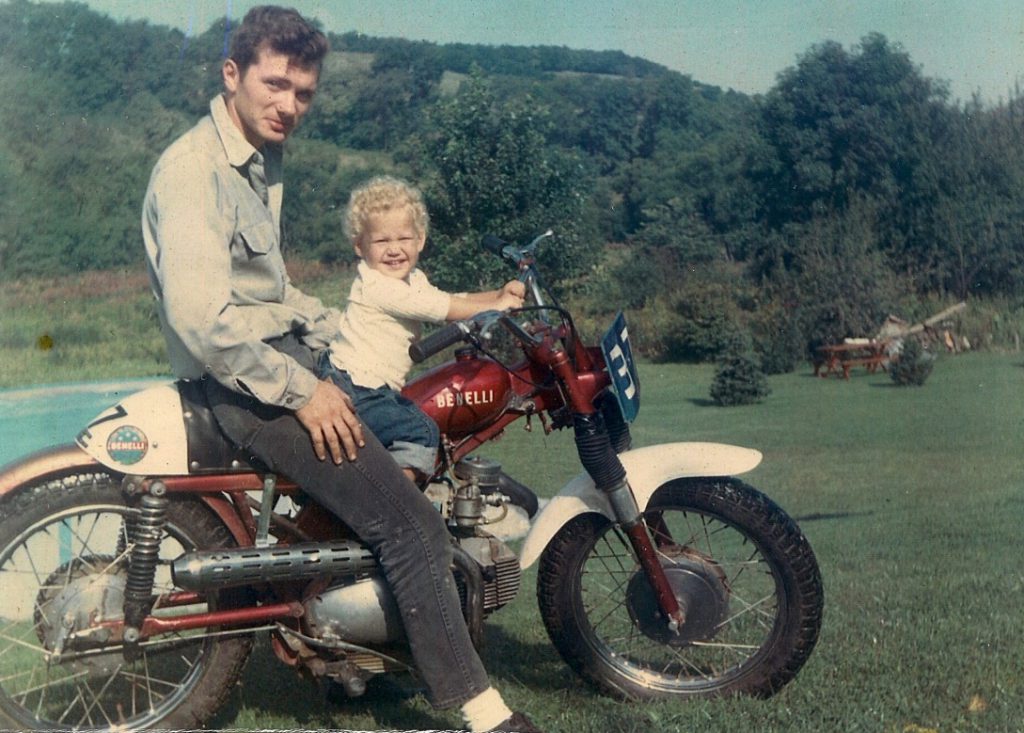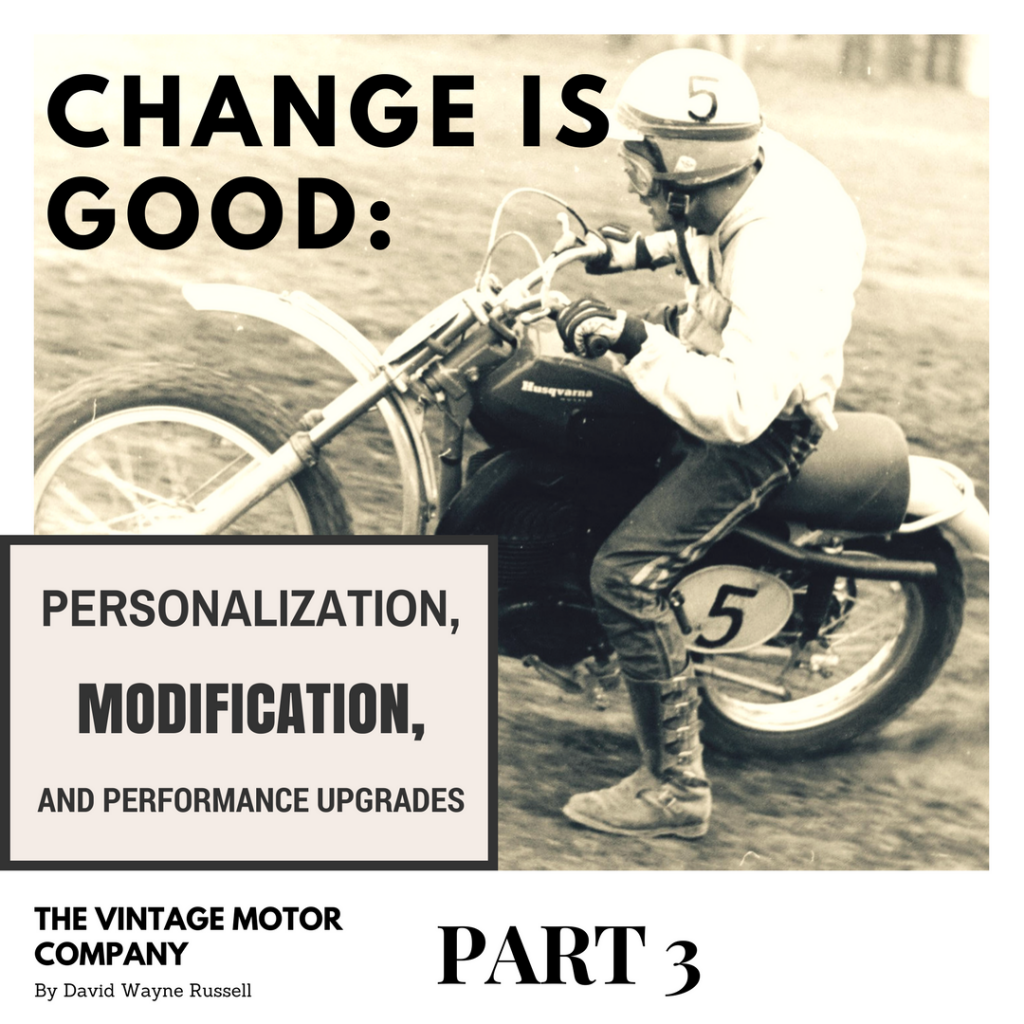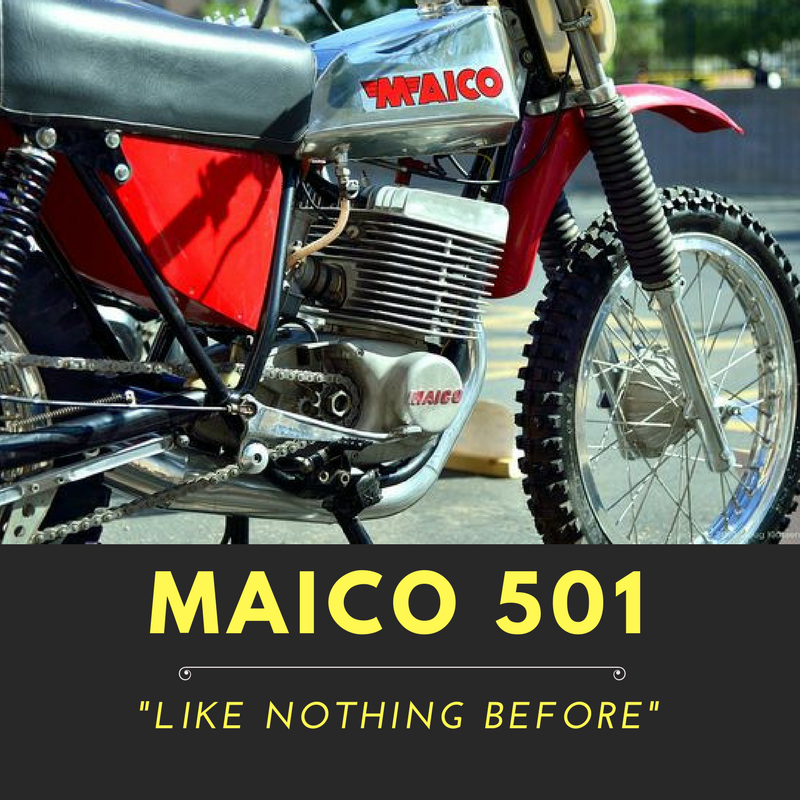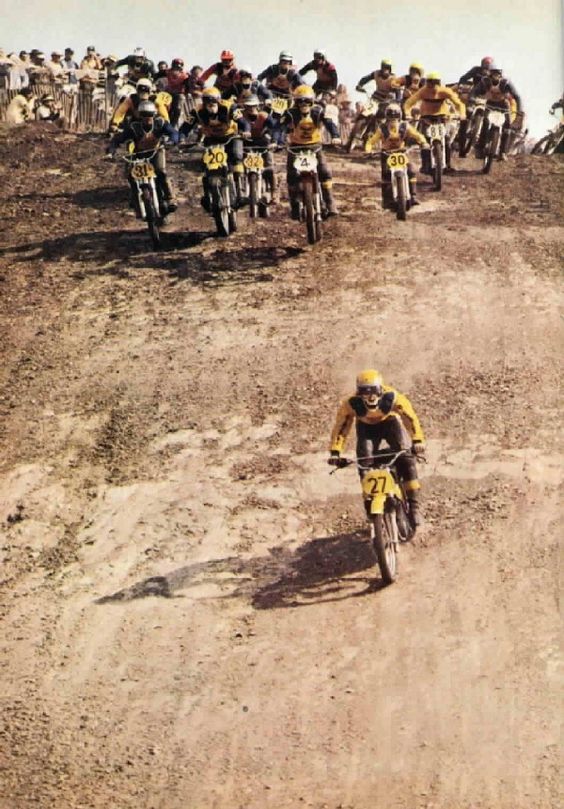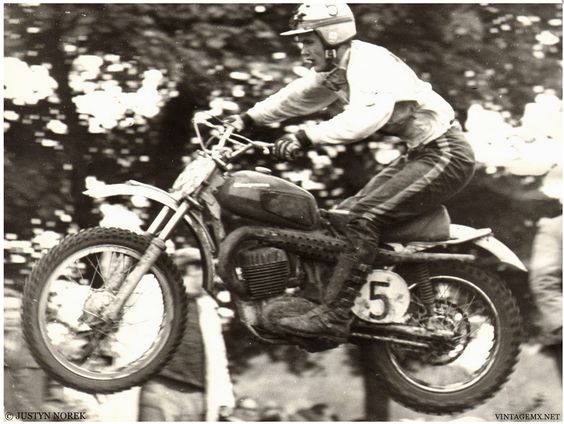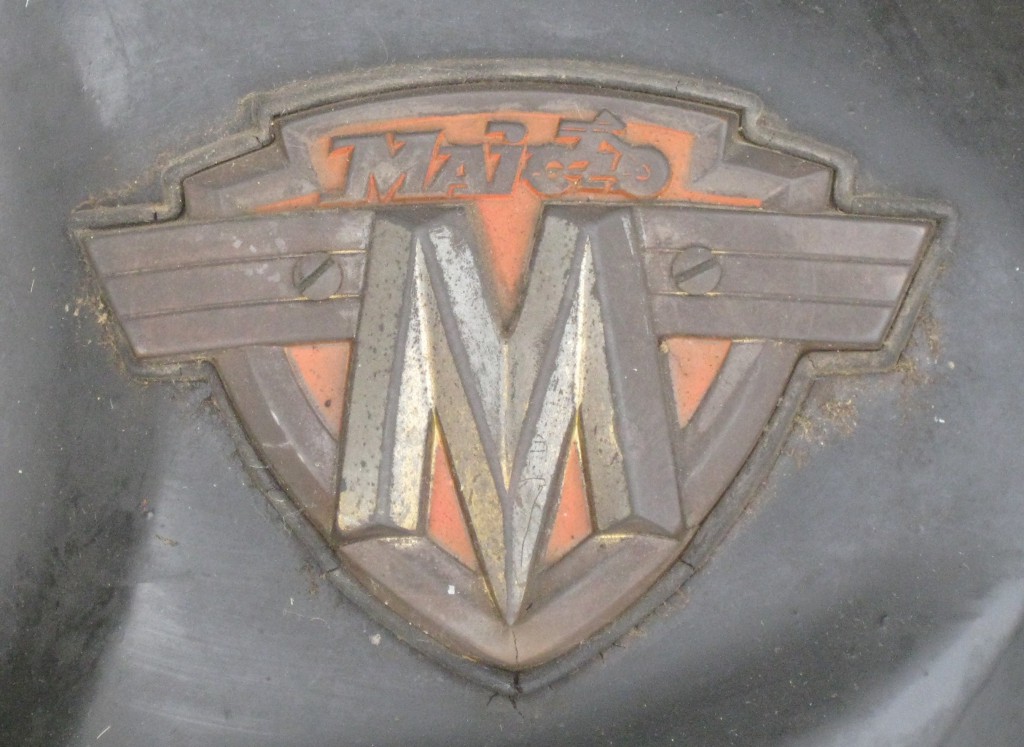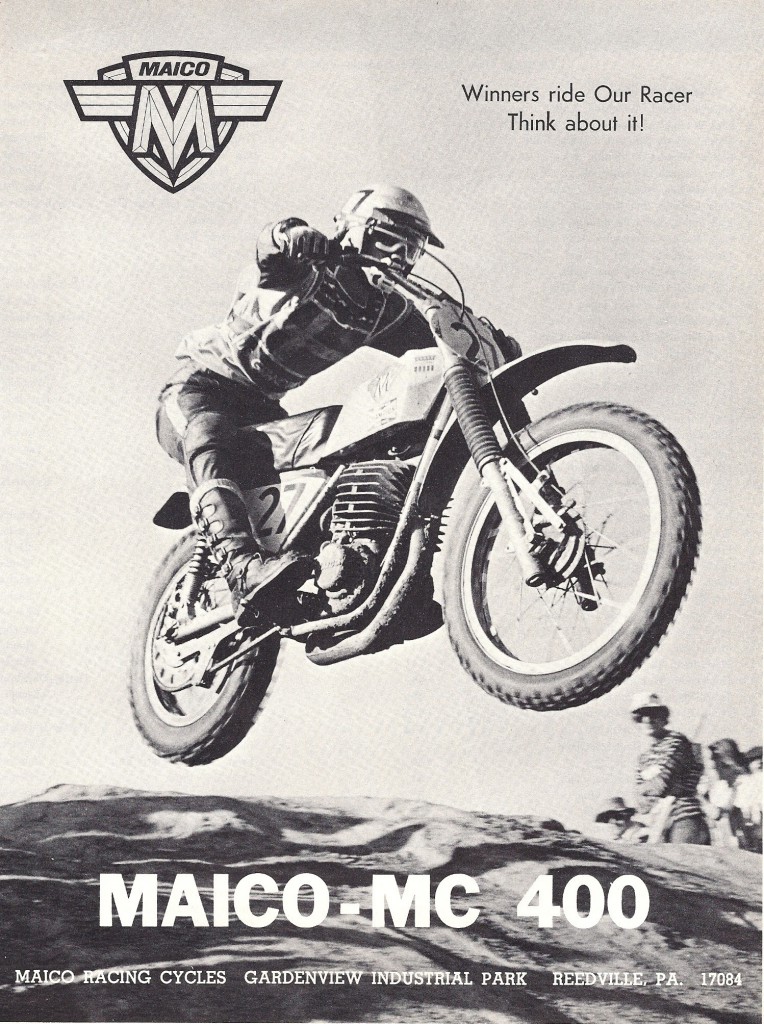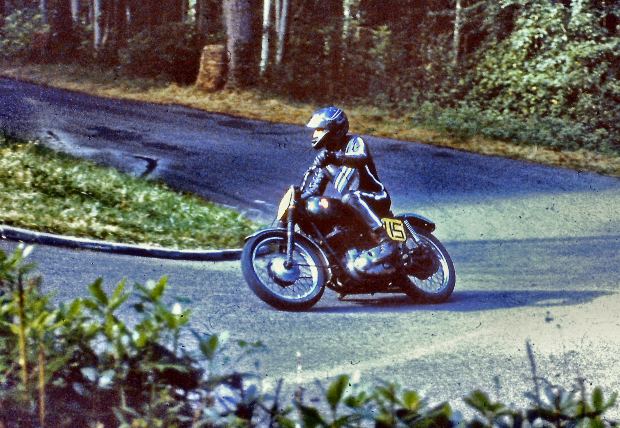No products in the cart.
While it could be argued from several standpoints, we can say with reasonable evidence that Maico produced the first two-stroke, purpose-built dirt bikes to reach North America. They didn’t come in great quantities at first, may have had lights installed, and didn’t (at least in the mid-1950s) resemble our modern idea of an off-road motorcycle, […]

